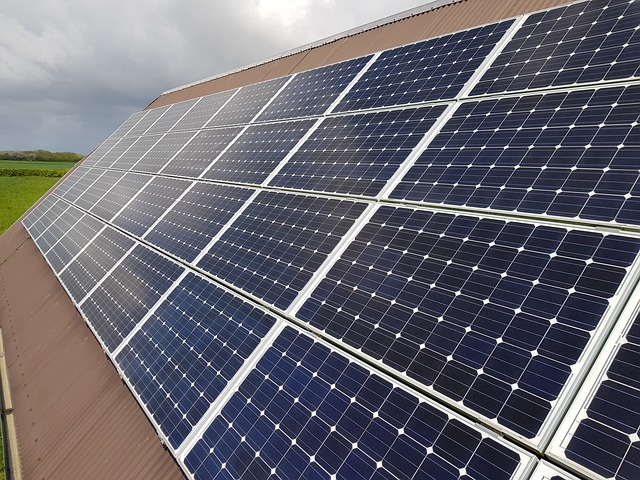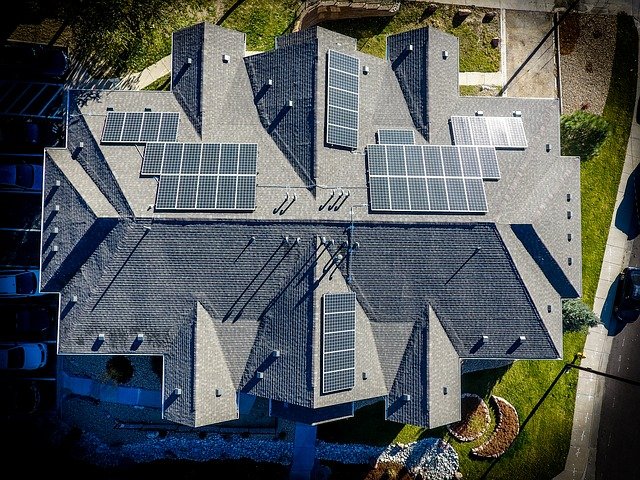What is solar PV?
Solar PV is the production of electricity using the energy from the sun known as solar energy. As a result of the improvement in technology, modern solar panels can generate electricity from daylight without direct sunlight. Though solar panels can generate more electricity on bright, sunny days.
Within just an hour, the sun can produce enough energy to power the entire world for a whole year. Channeling and making the most of this free energy can reduce human dependence on other sources of energy especially fossil fuels which are dangerous to the environment.
Once you have solar panels installed, you can start making the most of the cleanest renewable source of energy on the earth, the sun.

Where are solar PV panels installed?
Most homeowners and business owners mount their solar panels on the rooftop of their building. This is usually done to prevent any form of obstruction to the panel and to give them maximum exposure to daylight. However, solar panels can be installed on the ground too or in any other suitable place.
You need an inverter to convert the electricity generated by your solar panels into usable energy that can power your home. Electricity generated by solar panels can power any appliance in your home. Even more, solar PV panels have no moving parts. That means maintenance cost is rock bottom. All you have to do is clean or wash the panels once or twice a year to remove dust and debris from their surface.
Is solar PV still a good investment on Maui?
Do solar panels save money in Hawaii?
How solar PV works
PV solar systems use cells made up of one or two layers of semi-conducting material to transform solar radiation into electricity. Silicon is typically used as semiconducting material. Thankfully, Silicon is the second most common element in the world after oxygen.
Here’s a simple breakdown of how solar panels generate electricity:
- The light shines on the cells to create an electric field on the layers
- Daylight energy is converted into DC voltage by PV panels on the roof
- Inverter transform DC voltage into usable AC voltage
- Generation meter takes record of generated power
- Produced electricity suitable for home and appliance use
What are solar PV panels made up of?
Solar PV is also known as solar photovoltaic technology is a panel or materials that are designed to convert sunlight into electrical energy. Each PV device is known as a cell. Typically, each unit of PV cell is usually small and can only generate about 1 or 2 watts of energy.
PV cells are made of various semiconductor materials which are usually less than the thickness of four human hairs. To make them suitable for outdoor conditions and withstand various weather conditions for many years, cells are compressed between protective materials in a combination of plastics and/or glass.
To enhance the power production of solar PV cells, they are connected together in chains to create larger units called modules or panels. Though panels can be used individually, they are often connected with several other panels to create arrays. As a result of this modular structure, solar PV systems can be built to match any electrical power need.

